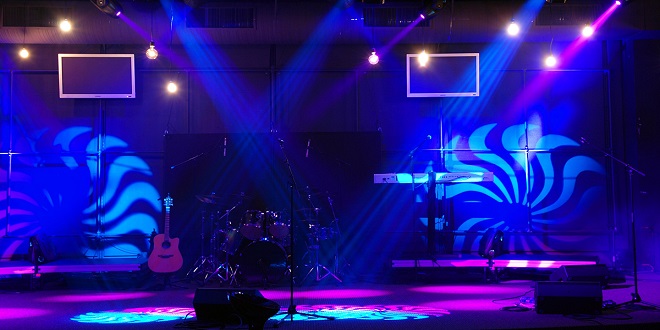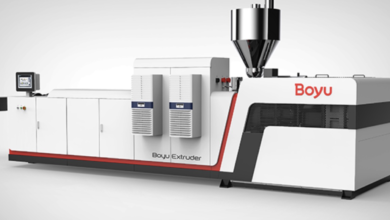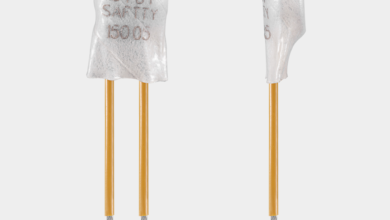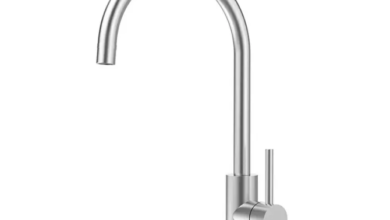Lighting fundamentals – New signaling and lighting technologies

Introduction
Vehicle lighting systems are very important, particularly where road safety is concerned. If headlights were suddenly to fail at night and at high speed, the result could be catastrophic. Many techniques have been used, ranging from automatic changeover circuits to thermal circuit breakers, which pulse the lights rather than putting them out as a blown fuse would. Modern wiring systems fuse each bulb filament separately and even if the main supply to the headlights failed, it is likely that dim-dip would still work.
Many techniques have been tried over the years and great advances have been made, but the conflict between seeing and dazzling is very difficult to overcome. One of the latest developments, ultra-violet (UV) lighting, which is discussed later, shows some promise.
Bulbs
Joseph Swan in the UK demonstrated the first light bulb in 1878. Much incremental development has taken place since that time. The number, shape and size of bulbs used on vehicles is increasing all the time. Most bulbs for vehicle lighting are generally either conventional tungsten filament bulbs or tungsten halogen.
Cap less bulb
These bulbs have a semi-tubular glass envelope with a flattened end, which provides the support for the terminal wires, which are bent over to form the two contacts. The power rating is up to 5 W, and these bulbs are used for panel lights, sidelights and parking. They are now very popular due to the low cost of manufacture.
Single contact, small bayonet cap (SBC)
These bulbs have a bayonet cap with a diameter of about 15 mm with a spherical glass envelope enclosing a single filament. A single central contact (SCC) uses the metal cap body to form the second contact. The size or wattage of the bulb is normally 5 W or 21 W. The small 5 W bulb, is used for side or tail lights and the larger 21 W bulb is used for indicators, hazard, reversing and rear fog-lights.
Double contact, small bayonet cap
Similar in shape and size to the large SCC 15 mm SBC bulb, as described above. It has two filaments, one end of each being connected to an end contact, and both of the other ends are joined to the cap body forming a third contact, which is usually the earth.
External lights
Regulations exist relating to external lights, the following is a simplified interpretation and amalgamation of current regulations, the range of permissible luminous intensity is given in brackets after each sub heading.
Sidelights
A vehicle must have two sidelights each with wattage of less than 7 W. Most vehicles have the sidelights incorporated as part of the headlight assembly.
Rear lights
Again, two must be fitted each with wattage not less than 5 W. Lights used in Europe must be ‘E’ marked and show a diffused light. Their position must be within 400 mm from the vehicle edge and over 500 mm apart, and between 350 and 1500 mm above the ground.
Brake lights
There two lights are often combined with the rear lights. They must be between 15 and 36 W each, with diffused light and must operate when any form of first line brake is applied. Brake lights must be between 350 and 1500 mm above the ground and at least 500 mm apart in a symmetrical position. High-level brake lights are now allowed and, if fitted, must operate with the primary brake lights.
Headlight reflectors
Light from a source, such as the filament of a bulb, can be projected in the form of a beam of varying patterns by using a suitable reflector and a lens. Reflectors used for headlights are usually parabolic, bifocal or homifocal. Lenses, which are also used as the headlight cover glass, are used to direct the light to the side of the road and in a downward direction.
Discover the essence of crafting captivating magazine content, delving into the art of storytelling and visual aesthetics. Uncover the secrets to engaging readers through compelling narratives and striking imagery, elevating the impact of each page turn. Master the intricacies of magazine creation to resonate with diverse audiences and leave a lasting impression.
Last word
The headlights of a vehicle fail to illuminate when switched on. An initial visual check shows the wiring to be OK and the relay ‘clicks’. Technician A says the fault is poor relay earth connection. Technician B says check the relay output.





